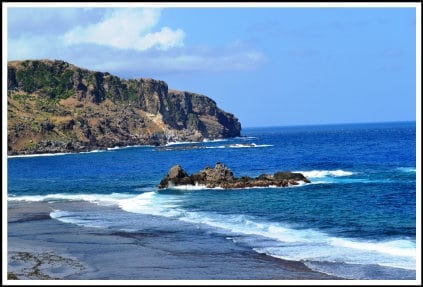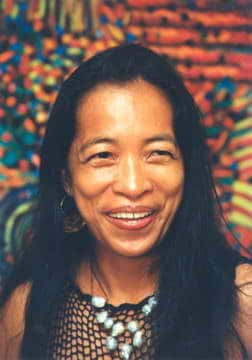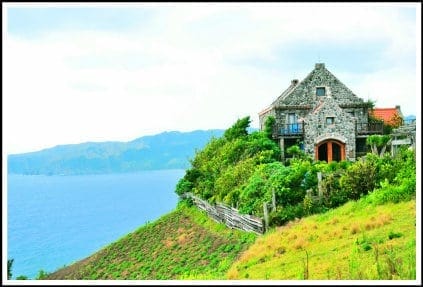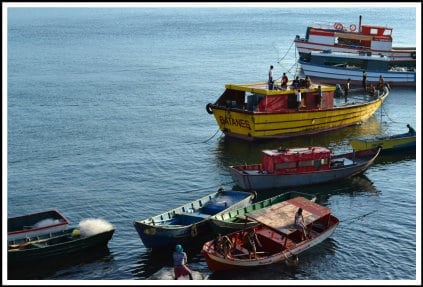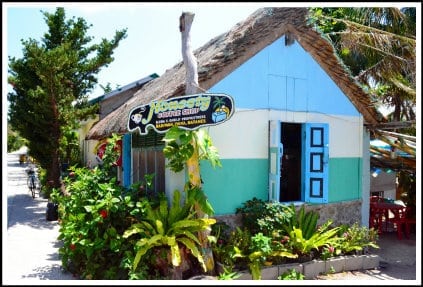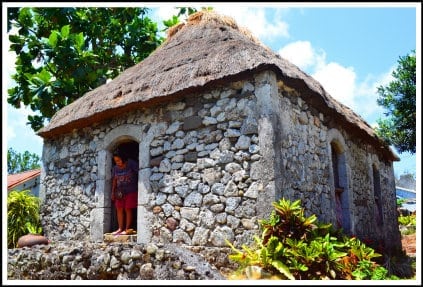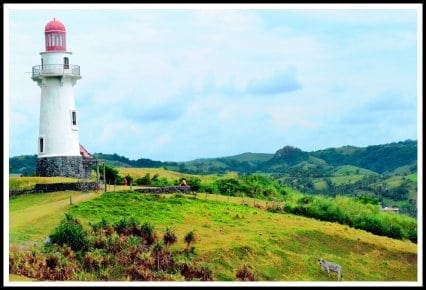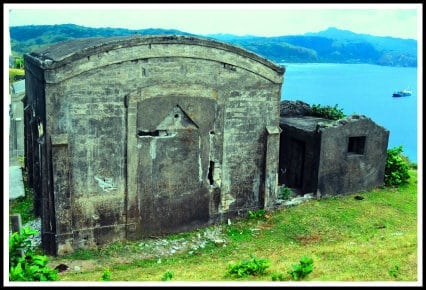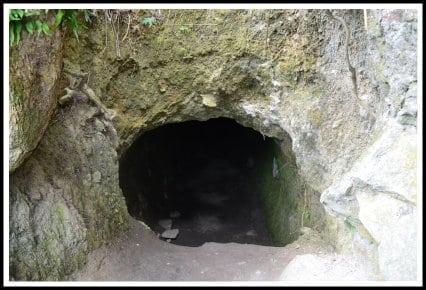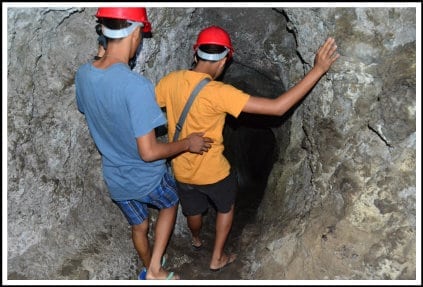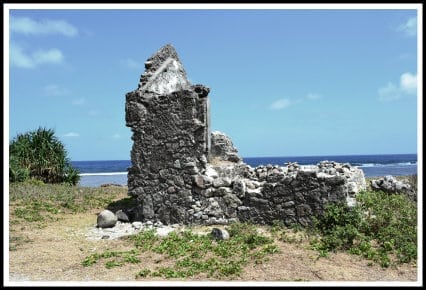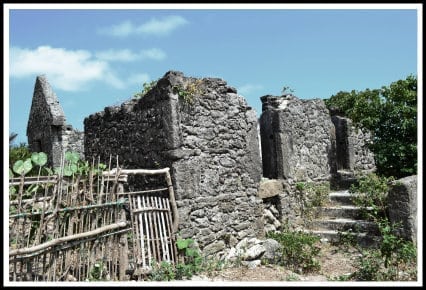9 Interesting Facts You Might Not Know About Batanes
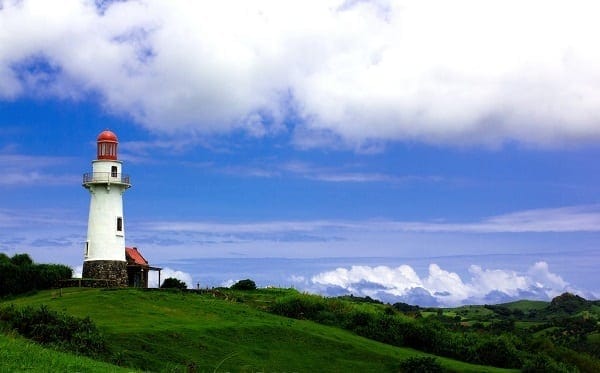
Batanes is on every Filipino’s bucket list. And did I mention it’s also every photographer’s dream destination? With its picturesque hills and jaw-dropping beaches, no one has to wonder why.
Located in the northernmost part of the Philippines, Batanes is the country’s smallest province, both in terms of land area and population. Traveling to this paradise can cost as much as 18,000 pesos for a round trip ticket alone–unless if you take advantage of airline promos.
But ask those people who have been there and they’ll tell you it’s well worth every single cent. So what’s really special about Batanes that has enchanted local and foreign tourists alike?
Perhaps it’s the picture-perfect scenery, the nice Ivatans, and the mouth-watering delicacies such as uvud (banana stalk pith), dibang (flying fish) and the all-time popular coconut crabs. Or for history buffs like me, the stunning historical landmarks and personalities that have made Batanes even more colorful.
For those of you who have been itching to visit this Paradise of the North, here are 9 interesting facts you might want to know first about this beautiful province and its equally beautiful people.
Featured image courtesy of Lhiza Dy via Flickr.
Also Read: Why was “Babuyan Islands” named as such?
1. The Islands
Batanes is actually a group of 10 volcanic islands, three of which are inhabited, namely Batan (where the provincial capital of Basco is located), Itbayat, and Sabtang.
The fourth island, Ivuhos (also known as Ibahos), is occasionally inhabited by families tending cattle. The other uninhabited islands of Batanes are North, Yami, Mavudis, Siayan, Di-nem, and Dequey.
Separation of these islands paved the way for the formation of two distinct dialects of the Ivatan language. Those who live in the islands of Batan and Sabtang mainly speak Ivatan while those in Itbayat speak the Itbayat dialect.
2. Aman Dangat
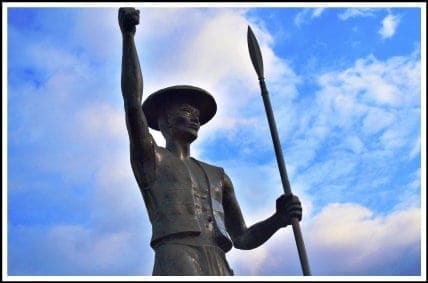
Also known as “Kenan,” Aman Dangat was a datu of Malakdang in Sabtang Island who led a revolt against Spaniards in 1791.
Aman Dangat was a staunch Ivatan leader who continued to govern his people in accordance with indigenous custom laws even after the Spanish rule was established in Batanes on June 26, 1783.
When non-Ivatan Filipinos working under the Spanish government took supplies and timber from his people without just compensation, Aman Dangat protested, but his men were put in chains.
Also Read: 5 Young Pinoy Heroes Who Did Amazing Things Nobody Talks About
As a result, he led over a hundred men from Sabtang to attack their oppressors in 1791, killing at least 7 Spanish government agents in the end.
Eventually, Aman Dangat and his men were outnumbered by the stronger Spanish forces. They were convicted and their valuables confiscated.
Aman Dangat was later executed by hanging in September of 1791. The people of Sabtang, meanwhile, were exiled in the districts of San Felix and San Vicente in Ivana for the next fifty years (1791-1841).
3. Pacita Abad and Fundacion Pacita
Pacita Abad is a world-renowned painter and a certified pride of Batanes.
Born in Basco in 1946, Pacita earned a BA degree in political science at the University of the Philippines but was later forced to leave for America in 1970 due to her political activism against the Marcos dictatorship.
She studied law in San Francisco but she soon shifted gears and started a prolific thirty-year career as a painter. Her works are characterized by “vibrant color, constant change, experimentation, and development.”
As an internationally recognized Asian-American artist, Pacita was able to create over 5,000 artworks, travel to more than 50 countries, worked in 6 continents and even paint a 55-meter long bridge in Singapore before she died of cancer in 2004.
Once her home studio, Fundacion Pacita in Batanes was refurbished by Budget Secretary Butch Abad, Pacita’s brother, and is now the most expensive and luxurious hotel in the province.
Although costly, the hotel uses part of the proceeds to support young Ivatan artists and heritage conservation projects in Batanes.
4. Provincial Song & Symbols
“Kalusan” is officially the provincial song of Batanes. It is a rowing song first recorded and popularized by Gov. Otto Scheerer in 1909.
By definition, “kalusan” is a working song sung by Ivatans as they work in the fields, row, or cut timber. This song is usually started by a song leader (vachi) followed by workers who would sing the rest of the song.
In accordance with legislation passed on November 28, 1988, the following are the approved provincial symbols of Batanes:
Provincial Tree: Aryus
Provincial Flower: Rahakut (native white orchid)
Provincial Bird: Aradiwangan, Voyit (Ivatan dove)
Provincial Fish: Mayasang
Provincial Air Plant: Humahum (fern)
5. The Origin of the Honesty Coffee Shop
As the name suggests, the Honesty Coffee Shop in Ivana started as a simple store which served hot water and coffee to people traveling to and from the island of Sabtang. The owner, Elena Castaño-Gabilo, a retired public school teacher, built the first store in the middle of the town with the help of her spouse, Jose.
The original store offered coffee, sugar, and hot water every morning. There was also a stove available for those who wanted to cook rice or heat water. Mrs. Elena would come early to prepare all of these and return only at noontime to check on the store.
Also Read: 9 Philippine Icons and Traditions That May Disappear Soon
An earthquake in July 2000 forced the couple to build a new house in Ivana. The original store was closed temporarily but was reopened due to persistent public demand and people who described the store as their “home away from home.” At this point, it started to bear the name “Honesty Coffee Shop.”
In addition to coffee, the store now also offers young coconut, biscuits, soft drinks, noodles, as well as souvenir products like vakoul, a famous Ivatan headgear.
Mrs. Gabilo received the “Outstanding Ivatan Award” from the provincial government due to her “exceptional contribution and goodwill in preserving the time-tested Ivatan value of honesty through her Honesty Store.”
6. The Oldest Stone House
Built during the Spanish colonial era, Ivatan stone houses survived some of the strongest typhoons and have been considered a cultural treasure of the province.
The oldest stone house in Batanes was built in 1877. Also known as the House of Estrella, the “House of Dakay” was named after its inheritor, Jose “Dakay” Estrella. The structure was originally built for his aunt, Luisa Estrella, through a Bayanihan (voluntarism) system locally referred to as qapañidungan.
Also Read: The Oldest Known Photos of the Philippines Ever Taken
House of Dakay is still in its original form, except for its thatched cogon roof which is normally replaced every 25 to 30 years. It has survived various natural calamities including a Magnitude 8.3 earthquake on September 13, 1918, a disaster that brought the entire town of Ivana to the ground.
7. Basco Lighthouse and WWII Ruins
One of the most popular landmarks in the province, the Basco Lighthouse in Naidi Hills is actually one of the three lighthouses proposed by former Congressman Florencio Abad.
The lighthouses (the other two are located in Sabtang and Mahatao) also serve as tourist attractions.
The present-day Basco lighthouse stands where the first lighthouse in the area was built. Not too far from the lighthouse are some WWII ruins. These structures were once part of the American telegraph facilities which connected the province to the central government.
Built in 2003, the Basco lighthouse towers at about 66 ft. and was made with stone or rubble masonry.
8. Batanes’ WWII Tunnel
Also known as the Dipnaysupuan Japanese tunnels, the Batanes tunnels in Batan island were built as part of the Japanese forces’ military fortification. During World War II, local Ivatans–including children–were ordered by the Japanese soldiers to build the tunnels.
In an I-Witness documentary, survivors Lolo Daniel and Lolo Luis recounted how they built the tunnels which are equipped with five doors. Although they were not tortured while digging, the fear of being killed forced them to work efficiently.
As of this writing, no official historical or geological study has been conducted yet, although the local government is working towards preserving the tunnels and protecting them from looters.
9. Batanes ‘Ghost Barangay.’
Located 23 kilometers from Basco, Sitio Song Song is a deserted place, one that could qualify as a ‘ghost barangay’.
The stone houses in Song Song were abandoned in the 1950s when a tidal wave hit the island of Batan. What has been left is a cluster of roofless shells of old stone houses.
FilipiKnow
FilipiKnow strives to ensure each article published on this website is as accurate and reliable as possible. We invite you, our reader, to take part in our mission to provide free, high-quality information for every Juan. If you think this article needs improvement, or if you have suggestions on how we can better achieve our goals, let us know by sending a message to admin at filipiknow dot net
Copyright Notice
All materials contained on this site are protected by the Republic of the Philippines copyright law and may not be reproduced, distributed, transmitted, displayed, published, or broadcast without the prior written permission of filipiknow.net or in the case of third party materials, the owner of that content. You may not alter or remove any trademark, copyright, or other notice from copies of the content. Be warned that we have already reported and helped terminate several websites and YouTube channels for blatantly stealing our content. If you wish to use filipiknow.net content for commercial purposes, such as for content syndication, etc., please contact us at legal(at)filipiknow(dot)net
